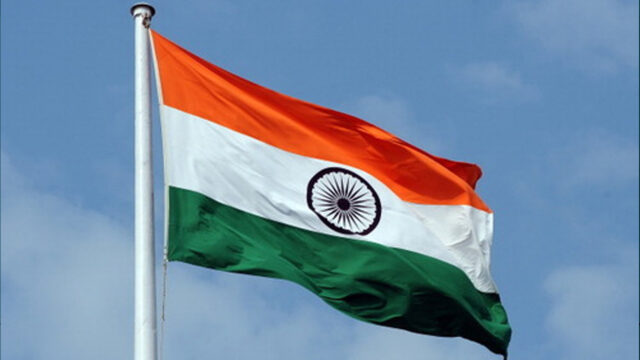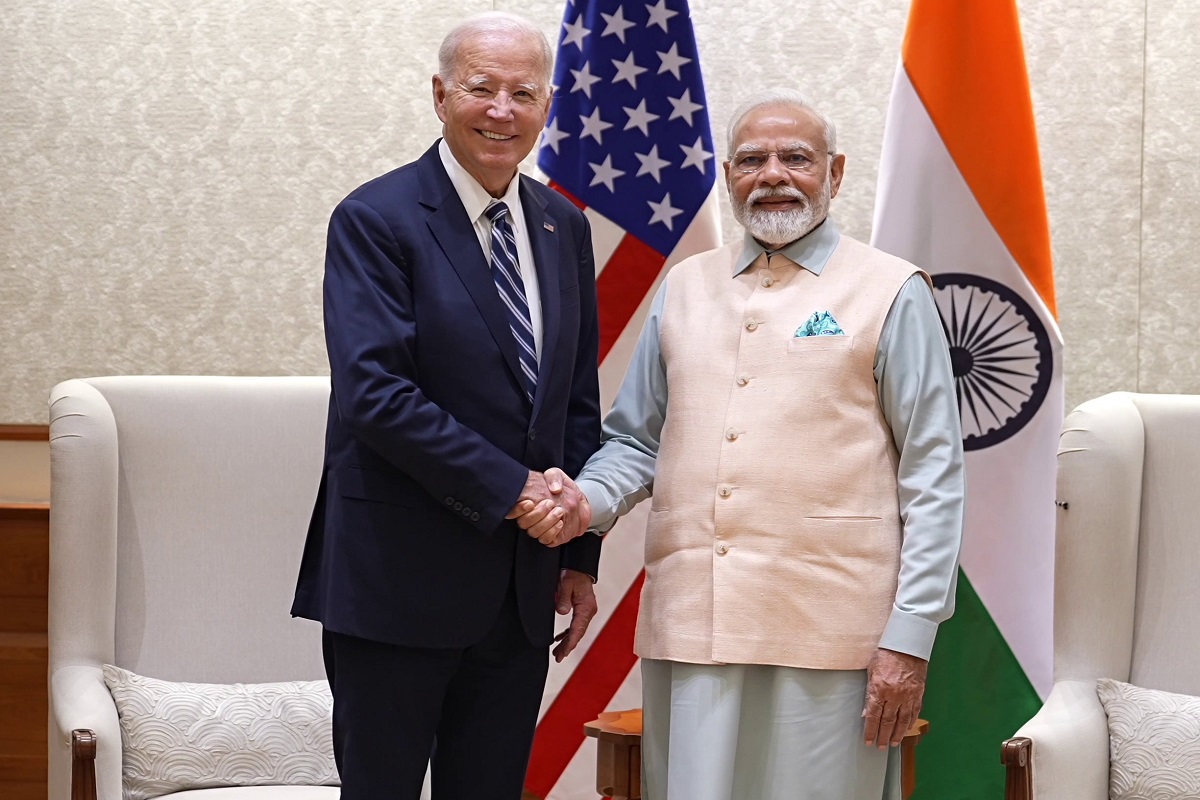India was home to 35 of the world’s 50 most contaminated urban areas, as per IQAir’s 2020 World Air Quality Report, which assembled information for 106 nations. New Delhi was the world’s most polluted capital for the third consecutive year in 2020, as per IQAir, a Swiss gathering that actions air quality levels dependent on the grouping of lung-harming airborne particles known as PM2.5. It said that despite the fact that Delhi’s air quality improved by almost 15% from 2019 to 2020, the city is positioned as the tenth most polluted city in the world and the most contaminated capital.
The ‘World Air Quality Report 2020’ added that 22 of the world’s 30 most polluted urban communities incorporating Delhi are in India. Ghaziabad, a city in Uttar Pradesh and a piece of the National Capital Region of Delhi, is the second most polluted city in the world after Xinjiang in China. The eight Indian urban areas in the best 10 rundowns are – Bulandshahar, Bisrakh Jalalpur, Noida, Greater Noida, Kanpur, Lucknow (all in UP), Bhiwari in Rajasthan, and Delhi.
The other Indian urban areas among the 30 most polluted urban communities on the planet incorporate Meerut, Agra, and Muzaffarnagar (all in Uttar Pradesh), Faridabad, Jind, Hisar, Fatehabad, Bandhwari, Gurugram, Yamuna Nagar, Rohtak, and Dharuhera (all in Haryana), and Muzaffarpur in Bihar.
“India keeps on including conspicuously at the highest point of the most polluted urban communities positioning, with 22 of the main 30 most polluted urban communities worldwide,” the report said.
The global cities ranking positioning report depends on PM2.5 information from 106 nations, which is estimated by ground-based checking stations, the greater part of which are worked by government offices. The report likewise uncovers the effect of COVID-19 lockdown and social changes on worldwide particulate contamination (PM2.5) levels.
Major sources of India’s air contamination incorporate transportation, biomass consumption for cooking, power age, industry, development, squander consuming, and rambling agrarian consuming. “The transportation area is one of the significant supporters of India’s driving PM2.5 outflow sources across urban communities,” the report said.
Contextualizing the worldwide IQAir report in the Indian setting, Avinash Chanchal, Climate Campaigner at Greenpeace India said while numerous urban areas, including Delhi, have recorded minor upgrades in air quality because of lockdowns, the wellbeing and monetary expense of air contamination stay extreme. He said it is relevant that legislatures focus on economical and clean fuel sources, just as the urban communities, need to energize ease, dynamic, and carbon-impartial portability decisions like strolling, cycling, and open public vehicle.
“The year 2020 acquired a surprising plunge air contamination. In 2021, we will probably see an expansion in air contamination because of human movement, once more. We trust this report will feature that pressing activity is both conceivable and important to battle air contamination, which stays the world’s most noteworthy natural wellbeing danger,” said CEO of IQAir Frank Hammes.
Outstandingly, India was home to 35 of the world’s 50 most contaminated urban communities in 2020, as per IQAir’s 2020 World Air Quality Report.
Prior to February, a Greenpeace Southeast Asia examination of IQAir information said that air contamination brought about by risky PM2.5 fine particulate matter prompted the passing of 54,000 individuals in Delhi in 2020 where contamination levels remained right around multiple times over the endorsed WHO limits. It said that 1800 passings for each million were assessed because of PM2.5 air contamination in Delhi.









